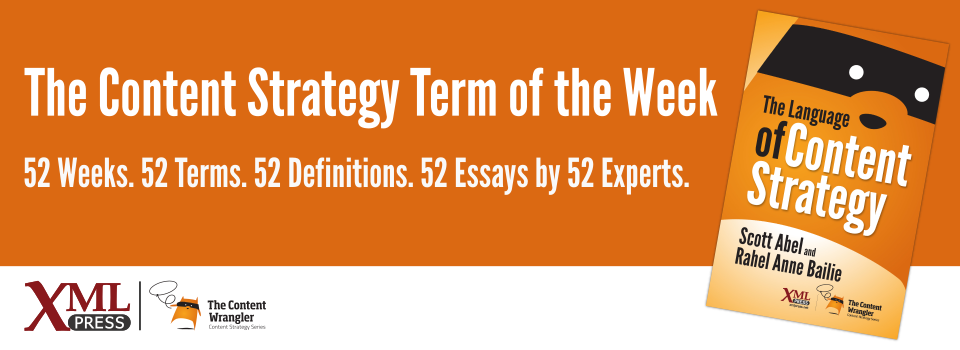What is it?
A hierarchy of communication goals that reflect a shared vocabulary.
Why is it important?
A strategic foundation and yardstick against which to measure existing content, determine quality, and prioritize content types, budget, and new content investments.
Why does a content strategist need to know this?
A message architecture has an impact beyond editorial engagement:
-
Planning for creation
-
Assigning responsibilities
-
Establishing guidelines
-
Assessing quality
-
Auditing for redundancy
-
Scheduling archiving
For these activities, you need to grasp the purpose of your content. Should it inform? Entertain? Resolve a problem? Should it represent an authoritative brand or say the brand is approachable? Content articulates those differences with guidance from the message architecture.
Consider a stately financial institution that develops thought leadership through dense white papers with charts detailing ongoing research. Deft jargon conveys industry fluency while creating a distance between the organization and clients. They don’t serve everyone, and their clients pay a premium. Here’s their message architecture:
-
Respected
-
Relevant
-
Trusted
-
-
Deep but narrow expertise
-
Focused on large-cap funds
-
Premium
-
-
Serving an exclusive class of investors
You can employ this message architecture throughout an editorial and structural engagement. Use it as a yardstick to conduct a qualitative analysis: does instructional copy communicate these points or just meet functional goals? With a content audit, use the message architecture in a gap analysis: where is it weak? Perhaps the institution communicates expertise, but misses the premium nature of the brand. As you establish style guidelines, consider how content communicates these themes. As you structure repeated content types, look to the message architecture to determine ancillary elements to communicate the brand. But the first step is your message architecture.

